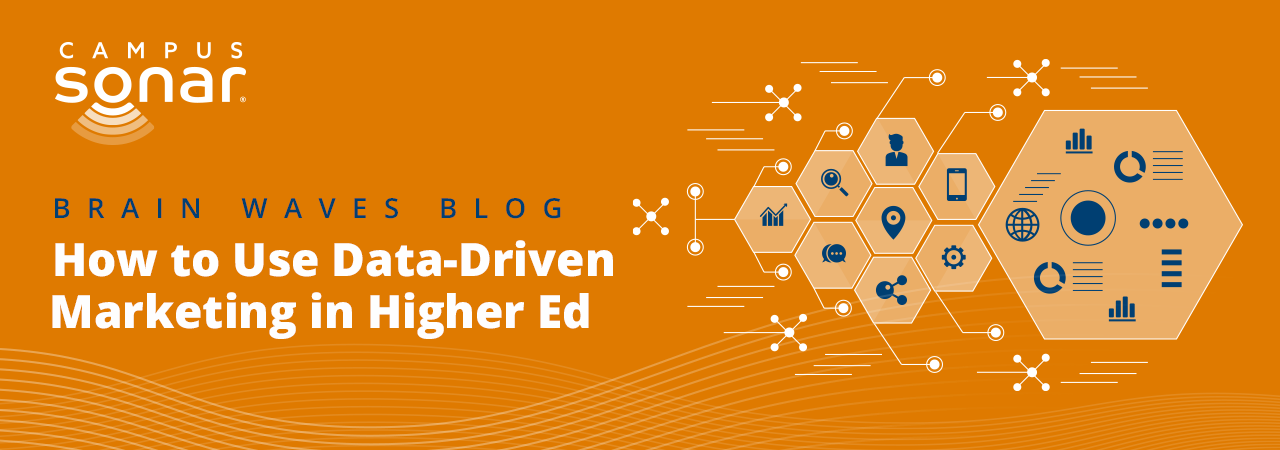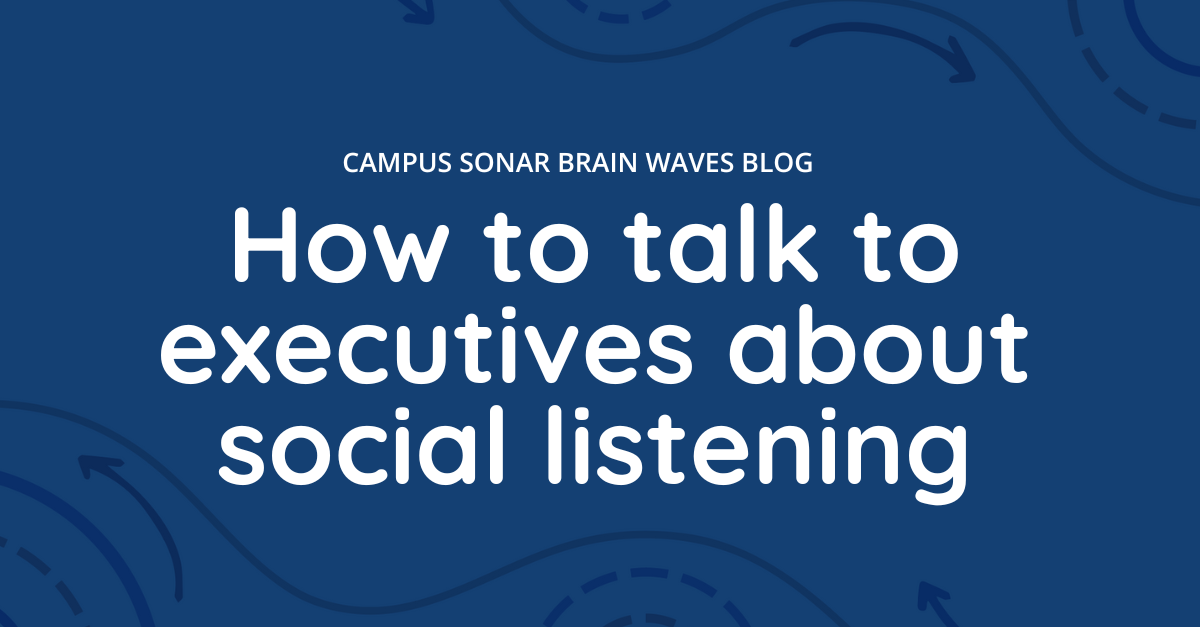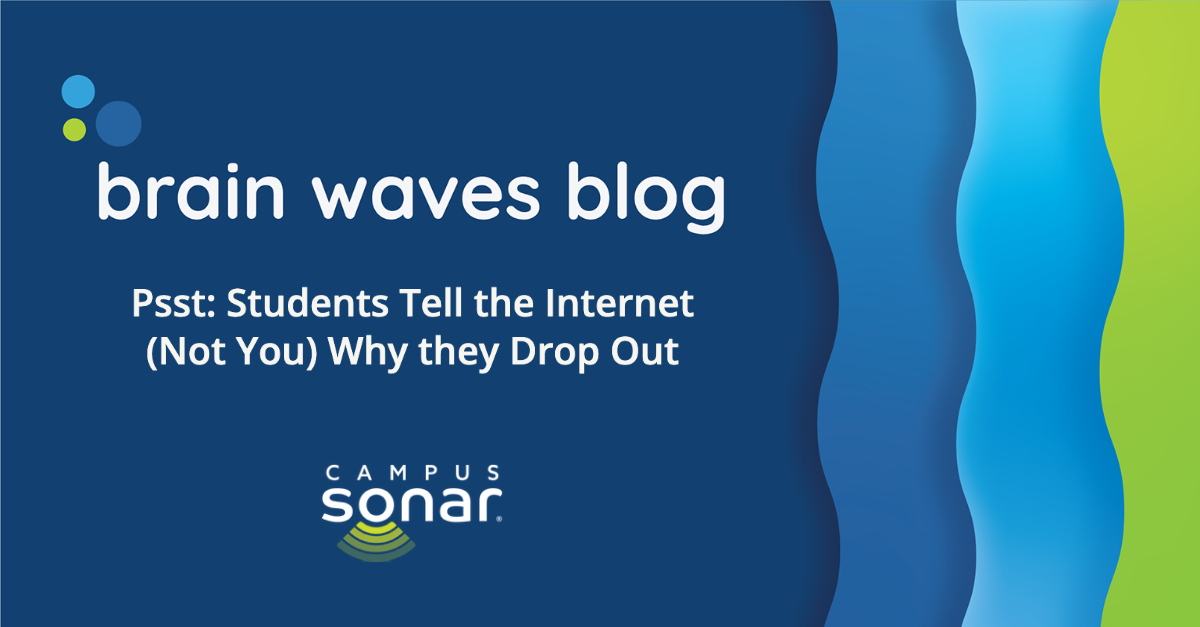
How to Use Data-Driven Marketing in Higher Ed
July 10, 2019
When I founded Campus Sonar, I wrote a blog post about the need for data-informed marketing in higher education. It’s been almost two years now and the industry has made progress, but I feel like we still have a ways to go. Recently, I contributed to a blog series for Adapt about data-driven marketing and current trends—and I realized I had a lot more to say (most of you won’t be surprised about that). So here’s part two of my thoughts on data-driven marketing, marketing trends, and the impact on higher ed.





